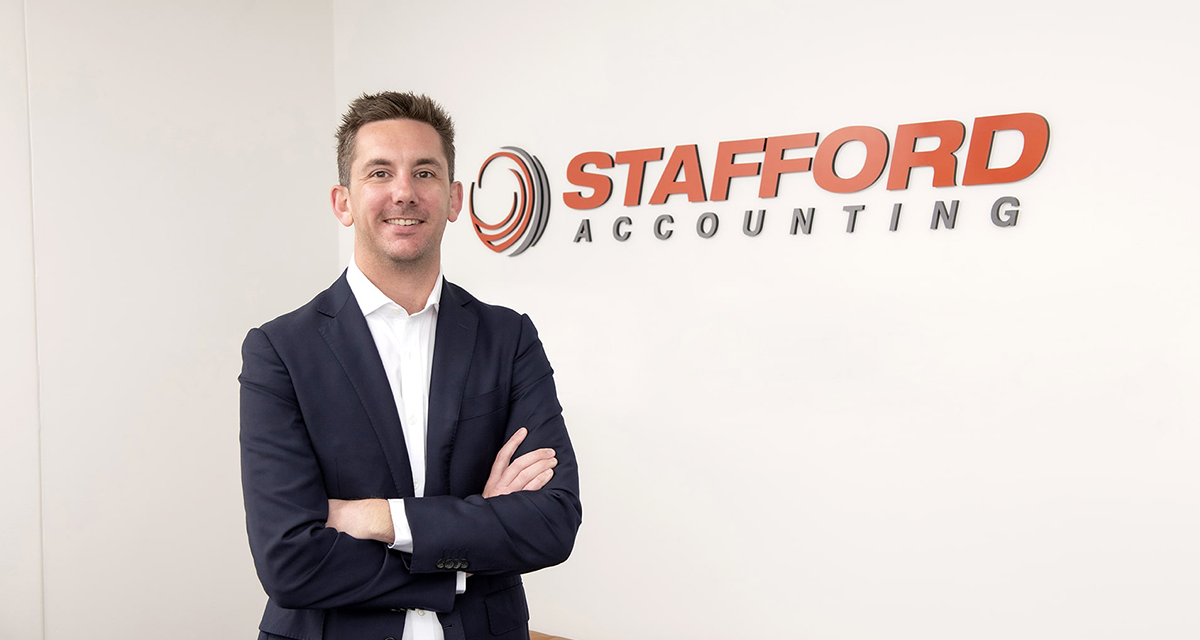Software Spotlight Series: Elisha Huke, HTA Advisory
It’s the second edition of our Software Spotlight Series—where industry leaders give us a sneak peak into their practice’s favourite cloud solutions. Today we have Elisha Huke, Senior Accountant with HTA Advisory, a Melbourne firm of accountants, wealth managers and business advisors. The firm launched in 2008 and now has more than 15 staff in its Melbourne office.
What do you like about using cloud software across your business?
EH: It really improves our workflow and efficiency. The cloud based solutions allow us to work from anywhere, and access client’s information whenever we need it. It also empowers us to provide more proactive advice because we can see our clients’ live data. Because everything is integrated and updates automatically when a single change is made, everyone is across the latest decisions with the client. Overall, it makes our practice much more efficient, professional and organised.
What practice tools did the firm historically use?
EH: It was before my time with HTA Advisory, but I know the firm used to use HandiTax/HandiLedger, and lots of clients were using MYOB or Quickbooks desktop versions.
What’s your IT setup? Cloud or a hybrid?
EH: We are now 100% cloud based and it makes working life so much simpler and easier. Now, we can’t imagine working any other way.
What are your favourite software solutions?
EH: Of course it has to be Xero Practice Manager. It is the cornerstone of our practice. Because we offer a broad suite of services beyond accounting, tax and business advice, such as wealth management and self managed super funds advice, we love the diversity of Xero Practice Manager.
We can assign tasks to a particular person, so everyone know’s who’s doing what. Each client typically has one partner and one manager, but we can bring in other resources across the business to provide specific insights on particular tasks or reporting, and it’s all trackable with Xero Practice Manager.
When allocating tasks, senior managers can look at staff capacity to make sure staff aren’t overloaded with work and that makes for happier more productive employees.
We use Practice Ignition for all our annual engagement. It sends retainer clients a proposal for the next month’s ongoing work, the client approves it, payment is linked to the client’s bank account, and tasks are automatically added to the client in Xero Practice Manager. This means we don’t have to chase approvals and payments and we can get started on work faster. There’s no risk of mistakenly continuing work when a client hasn’t paid their monthly invoice for some reason. This doesn't happen often, but it’s nice to have the checks and balances in place.
Our favourite AccountKit features are the Correspondence and Mail Registers. We use The Mail Register to track incoming mail, usually from the ATO or ASIC. When clients have complex entity arrangements, with up to ten entities in a group, the correspondence can easily get quite complicated. AccountKit’s Correspondence Register allows us to streamline all this incoming and outgoing correspondence. Everyone working on that client has access to the latest correspondence. We used to use Excel spreadsheets but there’d be different versions floating around and people sometimes mistakenly took information from a historic spreadsheet rather than the latest version. We like to use the file notes function for the whole group, rather than a single entity. When entities have similar names it can be difficult to know which correspondence is relevant to which entity, so being able to file correspondence against the entire group solves this problem.
A client introduced us to Trello, which is a terrific productivity tool. It’s free as well, which is a bonus. We use it internally to create a board—almost like a virtual whiteboard—that presents notes, plans and follow up tasks from meetings. It’s more sophisticated form of the old Work In Progress documents. We sometimes invite the client in to see and contribute to boards we are working on. It allows us to restrict client access to the boards so if we are working on confidential or internal plans they’re protected from view. Our senior partners can attach emails to the boards so we can access the latest client correspondence. It gives a great visual snapshot of our workflow.
Spotlight Reporting is our go-to resource for client monthly management reporting. Of course it syncs to Xero which is essential. We build dashboards and reports and invite clients in to collaborate. It allows us to generate quality forecasts and strategic reporting as well as build charts using data to create profit and loss statements, budgets and much more. It underpins our strategic recommendations and allows us to give our clients the expert financial advice they need to steer their business in the right direction and concentrate on their broader business goals.
Any others you like to use?
EH: We use Class Super, a really good tool for self managed super funds advisors. We use it for our SMSF administration and reporting. BGL 360 is our preferred corporate affairs management tool for ASIC corporate compliance work. We use HubSpot for customer relationship management, to track our digital marketing campaigns and plan our communications with potential customers. Nimbus is good for document management—clients can virtually sign documents for us to lodge with ASIC on their behalf.
Share this
You May Also Like
These Related Stories

Software Spotlight Series: Jonathan Kane, RBK Advisory

Cloud integration: The secret sauce to providing an exceptional client experience


